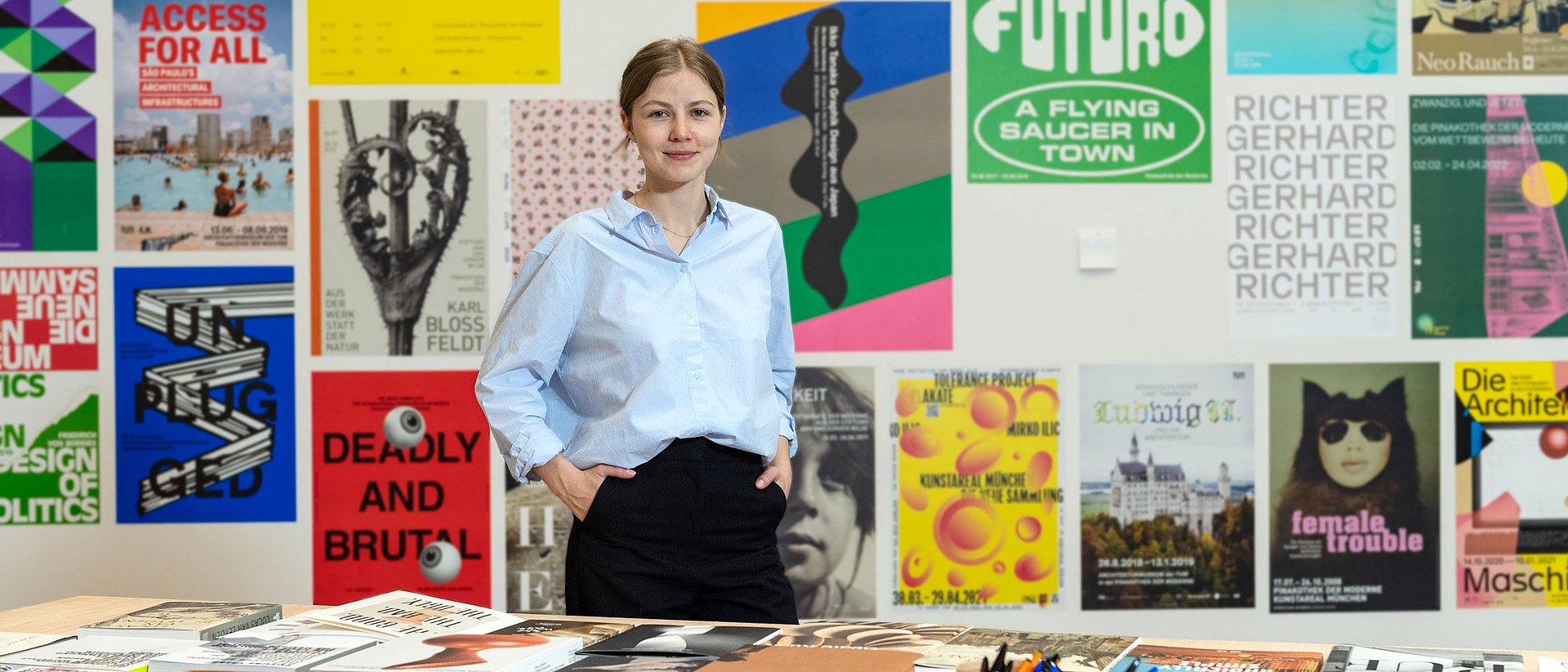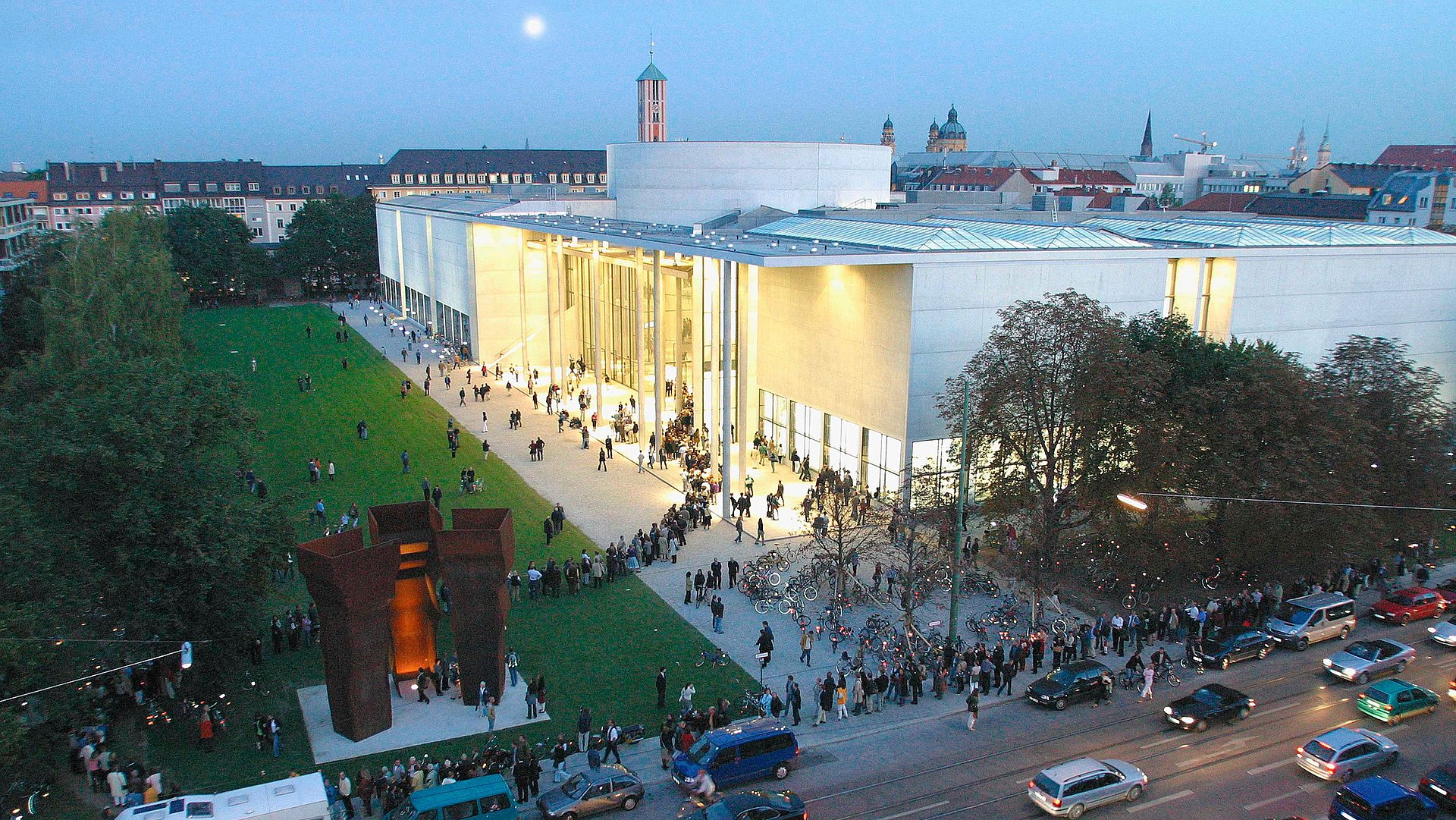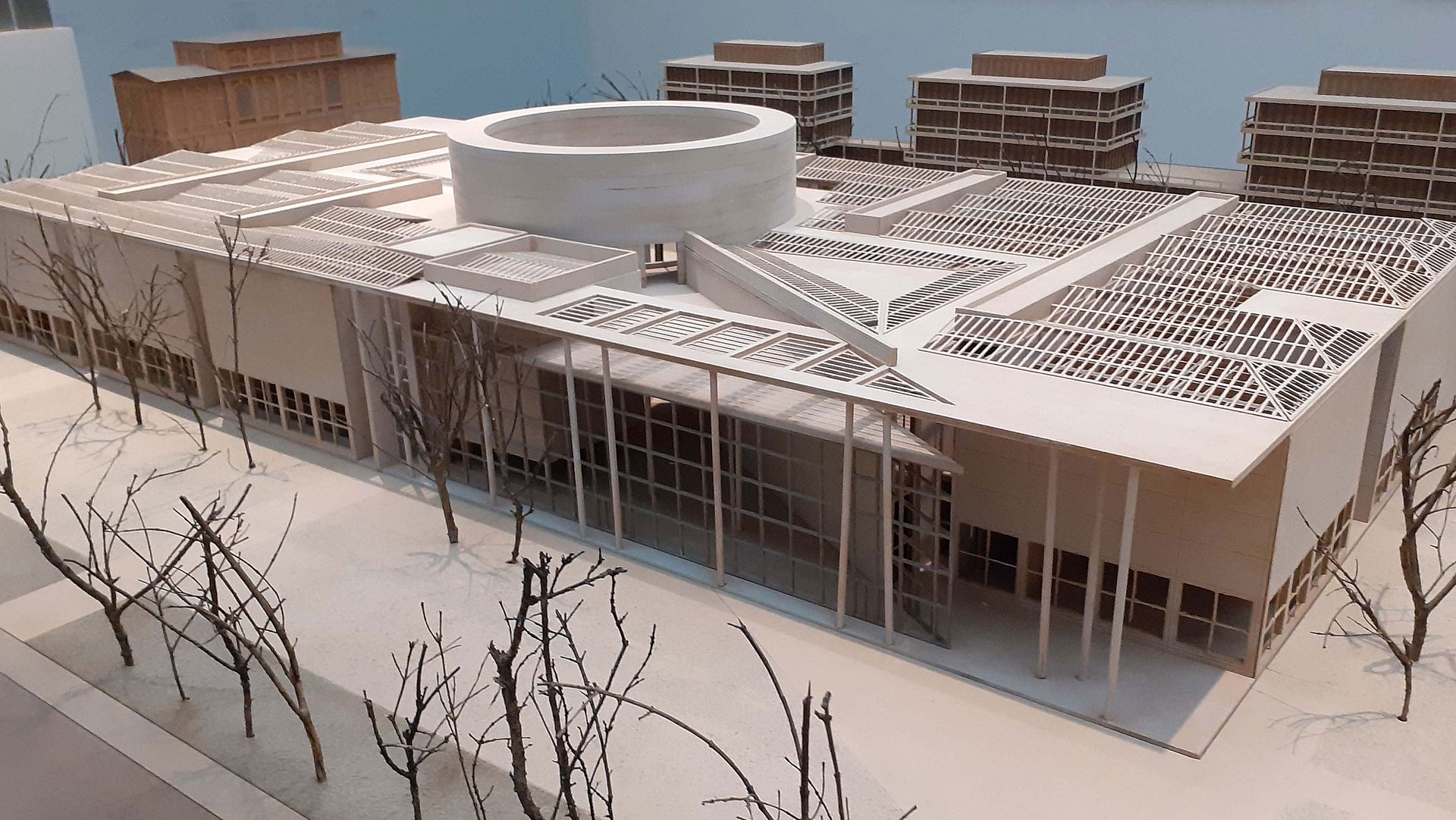Anniversary exhibition of the Pinakothek der Moderne
“An enormous desire to think new thoughts”

How did you choose from among the 167 models submitted in the architectural competition for the Pinakothek der Moderne in 1992?
I took a very practical approach. In the vast archives of our architecture museum at TUM we have 25 models. Winfried Nerdinger, the museum’s director at the time, asked some of the offices for their models after the competition was over. The rest of the models never got here. I would have liked to display all 25, but for a few of them it was out of the question due to conservation reasons. And of course the layout of our exhibition space was also a factor.
What designs are the most special to you?
All of them are exciting because they either take similar approaches to the Braunfels design or they’re completely different. The jury prioritized certain criteria in their selections: how well does the design fit into the urban planning layout of the Maxvorstadt district? What attitude does it take to the older neighboring buildings? And how well is it connected to the city center? Looking back, it is especially interesting to think about the designs that took entirely different approaches and proposed a completely different kind of architecture: the big visions or the somewhat otherworldly designs. The enormous circular structure by Arata Isozaki, for example, or the Andreas Meck submission. In other words: plenty of “What ifs”.
You have interviewed the jury members who judged the entries. With many of them, the emotions are still running high. What are some of their more enduring memories of that time?
We spent three days filming, mostly one-hour interviews. Plenty of anecdotes and details emerged. Carla Schulz-Hoffmann (note: then the deputy directory of the Bavarian State Painting Collections ("Bayerische Staatsgemäldesammlungen")) impressively described the enormous efforts involved in simply working through that massive number of design proposals – and how anxious she was to arrive at the right decision for the city and for art.
A process like that involves many different aspects.
What became clear to me was how widely distributed the voting can be in a competition of that kind and how difficult it can be for non-architects to visualize spaces. As architects, we need to bear these different challenges in mind when making that kind of decision on big buildings.
The opening of the Pinakothek der Moderne in 2002 attracted huge crowds, as seen in the title photo of the exhibition.
Reinhold Baumstark, then the general director of the Bavarian State Painting Collections ("Bayerische Staatsgemäldesammlungen"), explained the background of the photo, which I had intended for the lightbox in the entrance area of the exhibition. It came about through his initiative: during the opening week, he had enough of the crowds at some point and stepped up onto the roof of the neighboring Alte Pinakothek for a breath of fresh air – at first with just a phone and no camera. And when he was up there and caught sight of this huge queue standing in the evening twilight, he snapped into action and found a photographer to capture an image.

You’ve got little questionnaires hanging on the walls. And the colored dots offer visitors another way to express their views.
The Pinakothek der Moderne project had the support of the public. For me it was a make-or-break aspect of the exhibition to raise the question with them again, 20 years later, and ask how well – if at all – the project has lived up to the ambition of creating an open house.
And it looks like you’ve had a huge response?
In the first two weeks we have used up more than 4000 stickers. We never would have expected that level of involvement. We have now scraped off the first layer of stickers after documenting and photographing the results. Now we’re using smaller ones. It’s already filling up fast – and of course we’re delighted.
What will happen to the completed questionnaires after the exhibition?
They’re still hanging on top of each other. I like the way people have been leafing through them. There are some brutally direct and very honest answers there. And also lots of kudos – although we are of course very interested in the criticisms. We’re planning to post a selection in the Pinakothek social media channels and analyze the results.
Couldn’t museum visitors provide more input?
We do not yet know very much about the visitors – who comes and why, and what they expect of this museum. This is a big opportunity to take a closer look. The question of public participation and involvement is increasingly important and I think museums need to be on board. The interviews also show that there is an enormous desire to think new thoughts.
As a 26-year-old, with very little advance notice for the exhibition, you dived straight into the cold water. What was the biggest challenge?
It certainly was a baptism of fire. I developed the contents as well as the spatial concept, in other words the exhibition architecture. For the design I worked with a graphic artist, the amazing Anna Meck. For the writing, editing and proofreading, I already had some experience through the exhibition "Who´s Next? Homelessness, Architecture and Cities”, where I was responsible for the catalog. Working with a larger team and organizing all of the smaller aspects – that was completely new. On top of that, I was working with all four institutions at the Pinakothek der Moderne, and not just the architecture museum. Learning how the diplomatic relations between the individual museums work and how to keep everyone happy – that was a big task.

- In just three months, Ella Neumaier created an exciting retrospective and future outlook for the building and its history. In a 400 square meter space, the exhibition presents 19 architectural models from the original competition along with quotes from the jury, drawings, interviews, photographic materials and hands-on elements.
- In her view, the thinking and ideas behind a museum for modern and contemporary art can never be seen as complete. One must remain open and curious with regard to the expectations of society. As a curator, this aspect was very important to her.
- One inspiration for the 26-year-old’s passion for archive research and curating was her participation in seminars on post-colonial issue.
- Ella Neumaier's personal answer to the question “What now?”: finding a topic for her masters thesis.
- The exhibition "Twenty now what?" at the TUM Architekturmuseum will be open until April 24, 2022.
Technical University of Munich
Corporate Communications Center
- Barbara Link / Verena Meinecke
- presse@tum.de
- Teamwebsite
Contacts to this article:
Ella Neumaier
Architekturmuseum der TUM (Architecture Museum of TUM)
neumaier@architekturmuseum.de